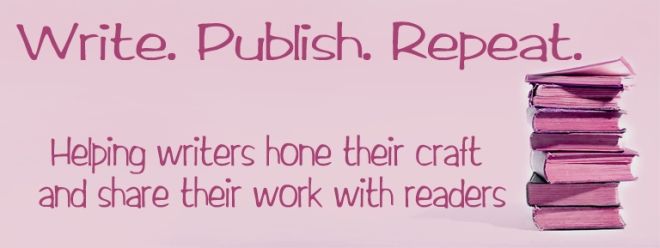Launching a new book typically takes extra marketing and a specific plan in order to make it a success. In this post we’ll discuss what extra tactics you can take to launch in each of the three phases of planning a book launch: pre-release, release-day, and post-launch marketing.
Pre-Release Marketing Planning
Start as early as possible with your pre-release marketing! Plan out what promotional materials (physical or digital) you plan to use and have them prepared as early as you can so you can start sharing them.
Gather reviews for release day by recruiting book bloggers, beta readers, or review services. Remember that you should NEVER pay for reviews. Keep track of everyone who agrees to provide an honest review and follow up with them on release day. Ask them to send you a link to their review so you can share it. Thank reviewers who follow through and keep a list of those who don’t so you can decide who to send review copies to for your next releases.
Another pre-release marketing option is to make a book trailer. This can be posted on YouTube for long-term availability and shared on social media in marketing posts. Video consistently get more interaction on social media than pictures and text.
Setting up your book as a pre-order is another marketing option. This requires you to have your book files and cover ready further in advance, but it gives you a link to use in your marketing as well. It allows readers to buy your book when they are interested instead of hoping they will remember to purchase it after it releases.
Blog tours are not as popular as they once were, but they can still be useful for boosting visibility. They are not typically helpful for revenue producing, so evaluate where your budget can be best spent before paying for a blog tour.
If you plan to host any in-person events, set these up several months in advance and make sure your book files will be ready early enough to be able to order copies of your book in time for the events.
Release-Day Marketing Plan
Release day (week/month) sales within the first 30 days are important for rankings retailer sites. This is a prime time to focus on ads, promos, and social media marketing. Watch ads closely to see which are working best and turn off or adjust those that aren’t in order to keep your marketing as effective and efficient as possible.
Send out an email newsletter blast to your subscribers on release day, and then a few days to a week later as a reminder or only to those who didn’t open the first email. It’s a good idea to also ask readers to post an honest review when they finish reading as a way to help you reach more readers who might like your book. It often helps to mention that a review doesn’t need to be more a few sentences so readers don’t feel intimidated.
Host a release party (virtual or in-person) to celebrate the release. Digital options include Facebook parties, livestreaming a reading or Q&A session, Twitter chats, live YouTube video, or utilizing TikTok or Instagram. In-person options include a book signing, author reading, or party with friends and readers.
You can also schedule (or have a PR company set up) blog features, radio or podcast interviews, or media appearances. Traditional media is less effective for launch marketing than avenues such as podcast interviews and live social media appearances.
You can also off incentives for readers to buy your book, such as giving them a free gift like a bonus short story or signed bookplate or digital authorgraph. Be sure you check Terms of Service on retailers regarding incentives, especially in relations to asking for reviews. Amazon is very strict about this.
It’s also important to update all of your social media and website with links and graphics, including cover art if that hasn’t been updated already. Update your social media bios with a link to your book. You may only do this temporarily if your regular link is to your author website or something specific you are promoting.
Post-Release/Launch Marketing Plan
The goal of post-launch marketing is to continue the momentum you’ve built in the previous two phases. This takes consistent marketing for several months that is focused on your new release, but not as robust as during the launch period.
In the months after a release, make use of free social media group posts and paid ads as your time and budget allow. Schedule newsletter spots with companies that permit new releases. Once a month, remind your newsletter that you new release is now available to catch anyone who hasn’t opened your newsletter recently but might be interested in your new book.
Share positive reviews, blog posts, and pertinent links you cultivated during the previous two phases. Continue to seek out reviewers and build your reviews up on retailer sites. Utilize your street team members to share and post about your new release, what they liked about it, or to recommend it to likeminded readers.
The key of post-release marketing is to keep the book fresh in readers’ minds by incorporating it into what you’re already doing with your others books. If this is your first book, blend in updates on your next project while still promoting your book to keep readers excited for more!







